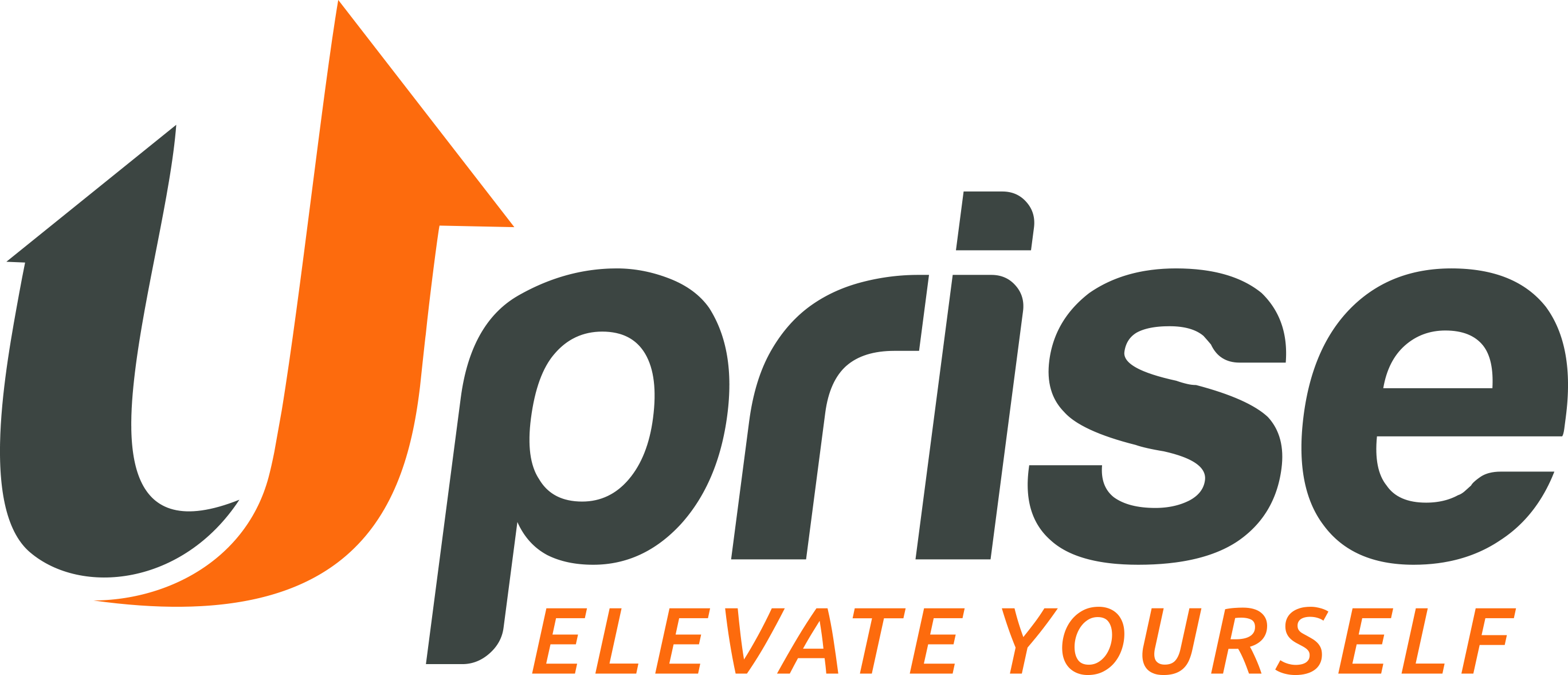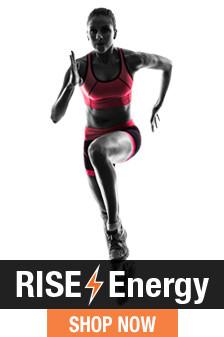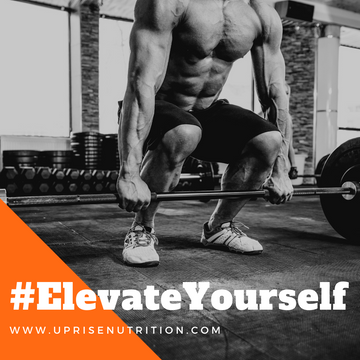4 Helpful Ways to Treat Muscle Soreness
We’ve all felt that tight, achy, inexplicably painful feeling in our muscles after intense training. There’s actually a term for it: Delayed Onset Muscle Soreness, or DOMS. Discussions regarding how to get rid of muscle soreness and what causes muscle soreness can be rather lengthy, so I’ll reserve that discussion for another day. In the meantime, let’s talk about 4 ways to treat muscle soreness (DOMS).
#1 – Rest
Although this one seems like a cop-out, it is the ultimate prescribed treatment for muscle soreness. It can be difficult to take a few days away from the gym, but allowing your body the necessary time it needs to repair itself will net you a gain in strength and size. Trying to work a muscle before it has had time to recover will simply stall, and even regress, all your hard work.
#2 – Introduce Novel Activities
New activities are almost certain to create muscle soreness. When attempting a new exercise or routine, take 1-2 weeks to work into the movement before working up to an perceived exertion level greater than a 6 out of 10 (Sports Med).
#3 – Massage
A controversial aid due to varied testing, I have included this on the list not only to be thorough, but because it has possibility of reducing swelling and inflammation (J Athl Train). Note that the massage procedure noted in this experiment lasted only 10 minutes on a smaller body part. It could, therefore, be hypothesized that larger body parts such as your quadriceps or glutes require a longer period to achieve the same effect.
#4 – NSAID’s
Contrary to popular belief, non-steroidal anti-inflammatory drugs, like Aleve or Advil, are inconclusive towards relieving soreness, but a discussion regarding their perceived benefit is appropriate. These medications are the most common pain relievers in the world, and as such, are temporary in regards to the treatment of muscle soreness. Due to the anti-inflammatory nature of these drugs, they have the potential to inhibit muscle adaptation, aka repair and growth. Although you could technically lift more, sooner, this is most likely a result of you experiencing less pain during your next workout. It does not directly correlate with muscular growth.









